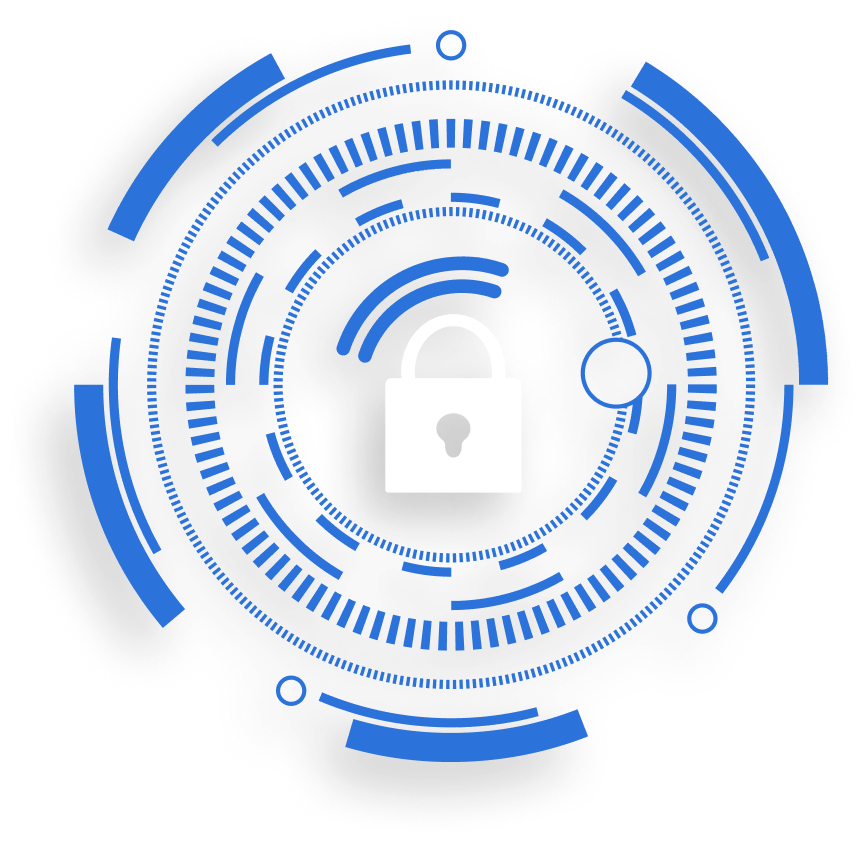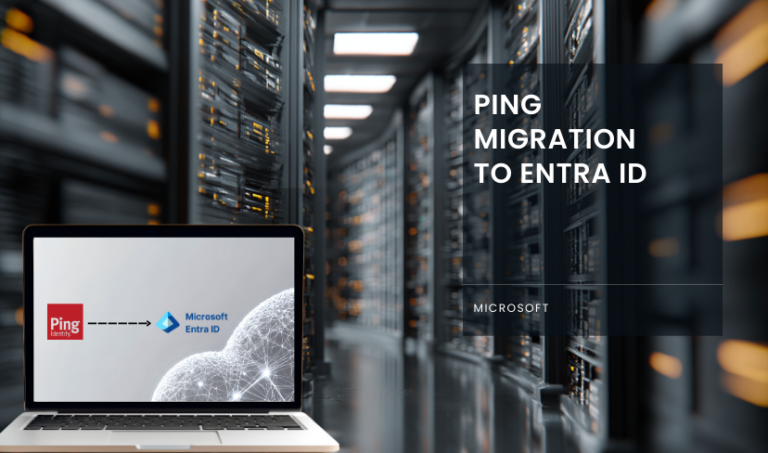Written by SONNY SEHGAL | CEO
In the constantly evolving world of cybersecurity, attacks are becoming more targeted, deceptive, and damaging. One of the most dangerous threats to organisations today is the whaling attack—a sophisticated form of phishing that targets high-level executives. Unlike standard phishing schemes, whaling attacks specifically go after “big fish,” such as CEOs or CFOs, who have access to sensitive information, financial assets, and strategic business decisions.
In this blog, we’ll dive deep into whaling attacks, explore how they work, and provide actionable tips to protect your organisation from falling prey to these dangerous cyber threats.
How Whaling Attacks Differ from Phishing Attacks?
While phishing attacks cast a wide net, targeting individuals at random with generic messages, whaling is far more personalised and calculated. The attacker spends time researching their target, often using social media and company profiles, to craft convincing emails that seem legitimate. Whaling emails often mimic internal communications, complete with authentic-looking email addresses, company logos, and legal language.
At Transputec, we specialise in providing comprehensive email security solutions that protect your organisation from these pervasive threats. Transputec has partnered with Mimecast to significantly enhance email security for its clients.
What is a Whaling Attack?
A whaling attack is a highly targeted form of phishing that aims to deceive senior executives or other high-profile individuals within an organisation. Unlike broader phishing campaigns, whaling attacks are meticulously crafted to appear legitimate, often mimicking communication from trusted sources or leveraging inside information to gain the target’s confidence.
The term “whaling” stems from the analogy of cybercriminals going after the “big fish” in a company – the whales. These attacks are characterised by their sophistication, personalisation, and potential for significant financial or data loss.
How to Recognise a Whaling Attack?
Understanding how to identify a whaling attack is key to protecting your business. Here are a few tell-tale signs:
1. Unusual Requests from Senior Executives
If you receive an email from a senior executive requesting sensitive information, financial transfers, or confidential files out of the blue, it could be a whaling attack. Attackers know that employees may feel pressured to respond quickly to high-level executives, which is why they craft emails to seem urgent and demanding.
2. Discrepancies in Email Addresses
Carefully examine the sender’s email address. In these attacks, attackers often use email addresses that are nearly identical to real ones but with slight modifications (e.g., [email protected] might be spoofed as [email protected]). These subtle changes can go unnoticed unless closely inspected.
3. Requests for Urgent or Confidential Action
Phishing emails, especially in whaling attacks, will often include a sense of urgency. An email requesting immediate action, such as transferring funds or sharing login credentials, is a major red flag. If something feels off, take the time to verify the request with the supposed sender directly through a different channel, such as a phone call.
4. Suspicious Attachments or Links
Whaling emails often contain malicious attachments or links that, when clicked, install malware or direct users to fake login pages. Always be cautious of unsolicited attachments and links, particularly if they come from high-ranking officials.
Protect your Business 24/7 with Transputec!
Our Managed SOC Cost Calculator estimates potential expenses for security tools and other costs based on your requirements.
Preventing Whaling Attacks
Protecting your business from a whaling attack requires a proactive approach. Here are several steps to safeguard your organisation:
1. Employee Training and Awareness
Cybersecurity training should be mandatory for all employees, especially those with access to sensitive information. Staff should be trained to recognise the signs of phishing attacks and whaling attacks, such as suspicious email addresses and unusual requests. According to research, employees who are regularly trained in phishing awareness are 70% less likely to fall for phishing emails.
2. Email Authentication Tools
Using tools such as DMARC, SPF, and DKIM can help authenticate emails and detect whether they are being spoofed. These email authentication methods add layers of verification, reducing the chances of a successful whaling attack.
3. Multi-Factor Authentication (MFA)
MFA provides an extra layer of protection. Even if an attacker manages to steal login credentials, they would need a second form of verification—such as a code sent to a mobile device—to gain access. According to Microsoft, MFA can block 99.9% of automated cyberattacks, making it an essential tool in your cybersecurity arsenal.
4. Internal Protocols for Financial Transactions
One of the primary objectives of a whaling attack is to trick victims into making large financial transfers. Implement strict internal protocols that require multi-step verification for any significant financial transaction. For example, a wire transfer request should always be confirmed by a phone call or in-person verification.
5. Advanced Threat Detection Systems
Investing in cybersecurity tools that provide real-time threat detection and response can greatly reduce your risk. Systems that monitor network traffic for unusual patterns and detect suspicious emails can help catch phishing attacks early.
“At Transputec, we leverage cutting-edge technologies to protect our clients from whaling attacks and other sophisticated cyber threats."
What to Do If You've Been Targeted by a Whaling Attack
If you believe your company has been targeted by a whaling attack, here’s what to do:
- Report the Incident Immediately: Notify your IT and cybersecurity teams as soon as possible. Time is critical when it comes to responding to a security breach.
- Lock Down Sensitive Accounts: Change passwords and implement MFA on all accounts that may have been compromised.
- Contact Legal and Financial Authorities: If funds have been transferred, contact your bank and legal advisors immediately. The sooner you act, the better your chances of recovering stolen funds.
Protect Your Business from Whaling Attacks with Transputec
A whaling attack can have catastrophic consequences for your business, from financial losses to irreparable damage to your reputation. However, by understanding the signs of whaling attacks and implementing preventive measures, you can protect your organisation from this growing threat.
Don’t wait until it’s too late. Contact Transputec to speak with an expert and learn more about how we can help safeguard your business from phishing and whaling attacks.

Stay Vigilant Against Whaling Attacks!
Ready to explore how we can enhance your security posture? Contact us today to speak with one of our experts.
FAQs
What makes whaling attacks more dangerous than standard phishing attacks?
Whaling attacks are highly targeted and personalised. They focus on high-ranking individuals like CEOs or CFOs, giving attackers access to more sensitive information and larger financial assets, making them far more dangerous than traditional phishing attacks.
How can I verify if an email request is legitimate?
Always verify unexpected requests, especially if they come from high-level executives. Double-check email addresses, call the person directly, or follow internal protocols to confirm the request’s legitimacy.
How does employee training help prevent whaling attacks?
Employee training equips staff with the knowledge to recognise the signs of a whaling attack. By increasing awareness and vigilance, employees are less likely to fall victim to suspicious emails or requests.
What role does email authentication play in preventing whaling attacks?
Email authentication tools like DMARC, SPF, and DKIM help verify if an email is genuinely from the sender. These tools reduce the chances of email spoofing, a common tactic used in whaling attacks.
Can implementing MFA fully protect my business from whaling attacks?
While Multi-Factor Authentication (MFA) provides strong protection, it’s not foolproof. MFA should be combined with employee training, email authentication, and other security measures for comprehensive defence.




